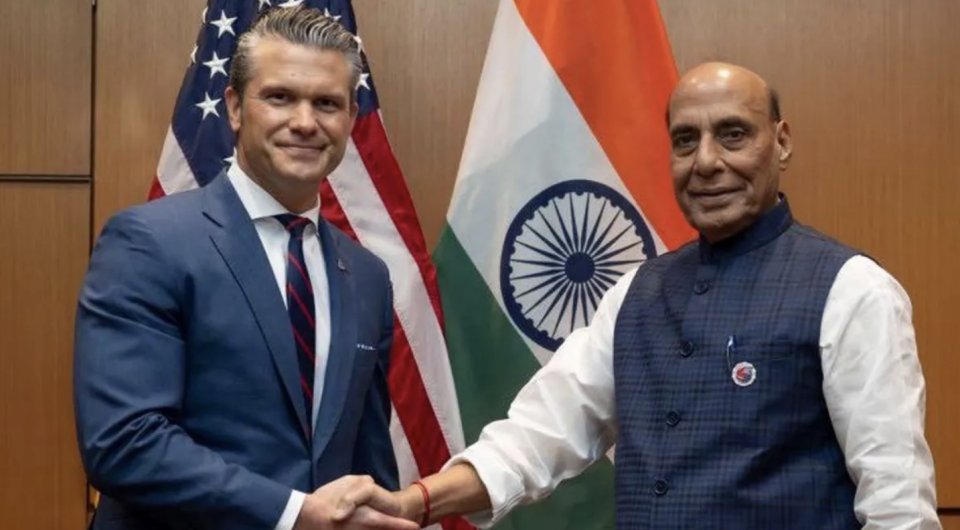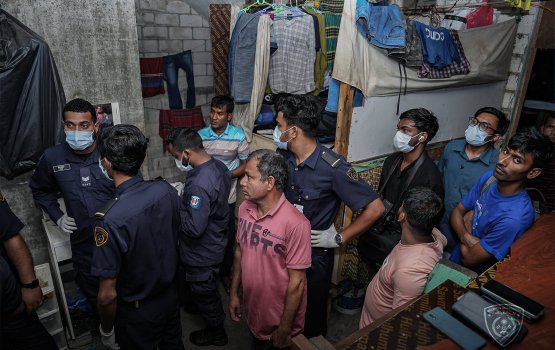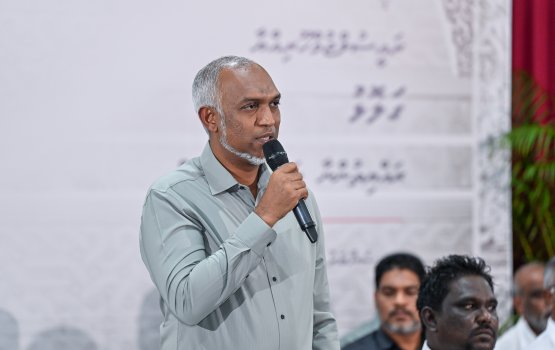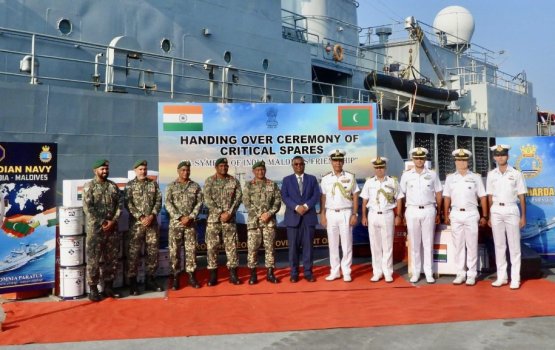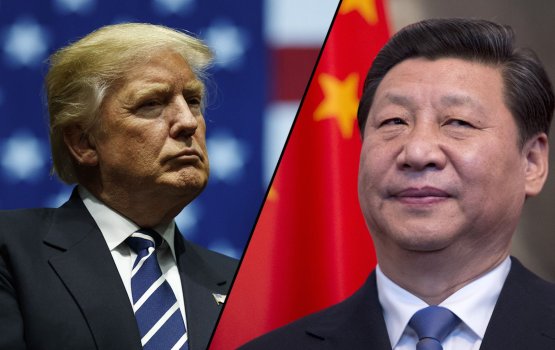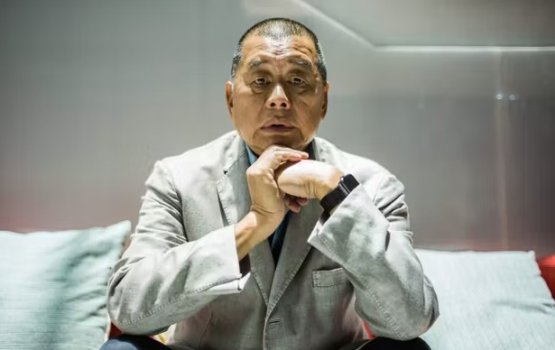India and the United States have signed a landmark 10-year framework agreement aimed at strengthening defence cooperation and advancing strategic stability across the Indo-Pacific region.
The pact was announced following a meeting between U.S. Defence Secretary Pete Hegseth and Indian Defence Minister Rajnath Singh in Kuala Lumpur, marking a significant step forward in the evolving security partnership between the two democracies.
According to Secretary Hegseth, the agreement will deepen coordination, information sharing, and technology collaboration, while reinforcing regional deterrence and stability.
The development comes amid strained trade relations between the two nations after U.S. President Donald Trump imposed 50% tariffs on Indian goods, including a 25% penalty targeting India’s continued purchases of Russian oil and defence equipment. Both sides are currently engaged in high-level discussions to finalise a comprehensive trade deal aimed at easing these tensions.
Defence Minister Singh described the pact as a “signal of growing strategic convergence” between New Delhi and Washington.
“This agreement will usher in a new decade of partnership. Defence cooperation will remain a major pillar of our bilateral relationship. Our collaboration is crucial for ensuring a free, open, and rules-based Indo-Pacific,” Singh wrote on X (formerly Twitter).Analyst Pramit Pal Chaudhuri of the Eurasia Group noted that the pact had originally been slated for completion between July and August, but was delayed after Indian officials reacted negatively to President Trump’s remarks about his alleged role in de-escalating tensions with Pakistan.
Chaudhuri added that the new framework builds upon earlier foundational agreements that have already improved military interoperability, technology access, and industrial collaboration between the two defence sectors.
“This agreement strengthens potential in all three areas,” he said.Defence cooperation has become a central theme in India–U.S. relations in recent years. During Prime Minister Narendra Modi’s visit to Washington in February, President Trump pledged to expand military equipment sales to India by several billions of dollars—setting the stage for potential future deals, including F-35 stealth aircraft.
However, India’s continued import of discounted Russian oil and its long-standing defence ties with Moscow remain points of friction for the U.S. administration. Despite this, India has steadily diversified its defence procurement portfolio, with Russia’s share of Indian arms imports declining as New Delhi boosts domestic production and sources new partners.
In recent months, Indian officials have signalled openness to expanding energy and defence purchases from the United States, a move seen as part of a broader realignment of strategic and economic priorities.
Meanwhile, both nations remain locked in intensive trade negotiations, with hopes of concluding a long-awaited bilateral trade deal by November—a development that could stabilise relations and reinforce the expanding India–U.S. strategic partnership. (Source: BBC)

